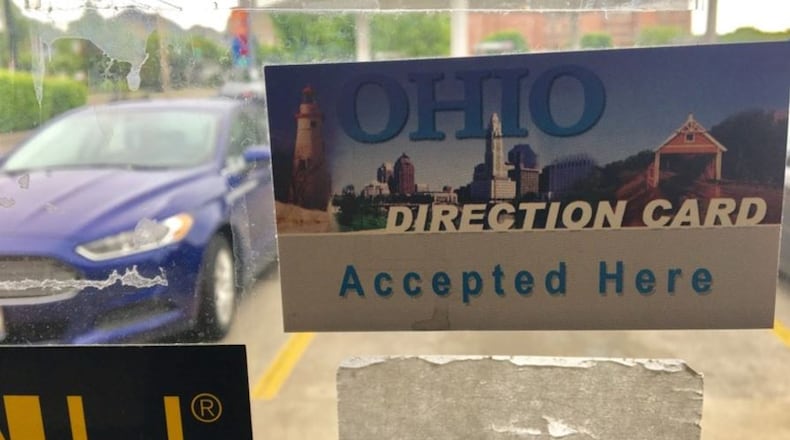The Ohio Department of Job and Family Services announced earlier this week that Supplemental Nutrition Assistance Program payments would go out to residents as soon as today.
SNAP was disrupted at the start of November amid the government shutdown. Approximately 1.4 million Ohioans receive a total of $264 million in food benefits from SNAP each month. The average monthly SNAP benefit per person is about $190, according to the state.
The Dayton Daily News, Journal-News and Springfield News-Sun asked community members if they had received any SNAP payments, and several residents confirmed money had hit their EBT cards.
McConehea said she received her partial SNAP allotment — about $200 less than what she usually receives — on Wednesday.
“Any little bit helps,” she said.
The past few weeks have been difficult for her family, McConehea said. The cost of food prices her out of certain items, but some expensive supplies her family cannot go without — cans of formula for her 3-month-old, for example.
“It’s just crazy how groceries have went up over the last few years,” she said.
In Montgomery County, more than 83,000 residents rely on SNAP — the fourth-highest recipient total in the state as of October.
Neighboring Greene County has 14,822 residents enrolled. In Clark County, there are 23,661 residents on SNAP, while Butler County has reported 40,064.
Springfield resident Elaine Carey said she and other retirees who live on fixed incomes struggle to pay for their groceries on top of their house payments, utilities, insurance and more. Her diabetes also limits what she can get from a grocery store.
“It’s just ridiculous,” she said.
The SNAP payment Carey received on Wednesday was roughly $100 short of what she usually receives on her EBT card. And she said she’s worried she won’t be able to spread that payment through the end of November.
She said she was surprised to see a payment come to her EBT card on Wednesday, as announcements about SNAP have changed rapidly.
President Donald Trump said it would not issue payments to SNAP recipients until the federal government reopens, but federal judges ruled the government must send out payments to residents. First partial, but later full.
The Trump administration has pushed the U.S. Supreme Court to allow full payments to remain frozen while the government is shut down. The nation’s highest court on Tuesday extended a temporary pause on full payments.
Carey said she isn’t sure when she’ll see a full payment, but she doesn’t feel like her government officials “care about the little people.”
“They continue to be paid, build ballrooms and eat while other people are hungry,” she said.
About the Author

